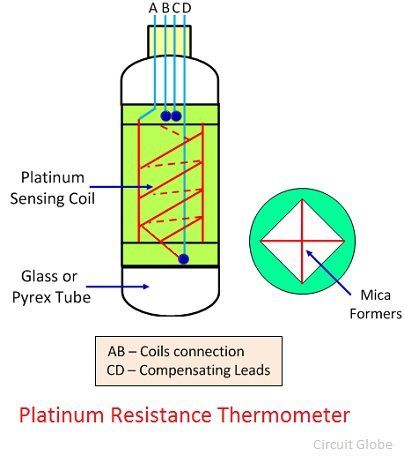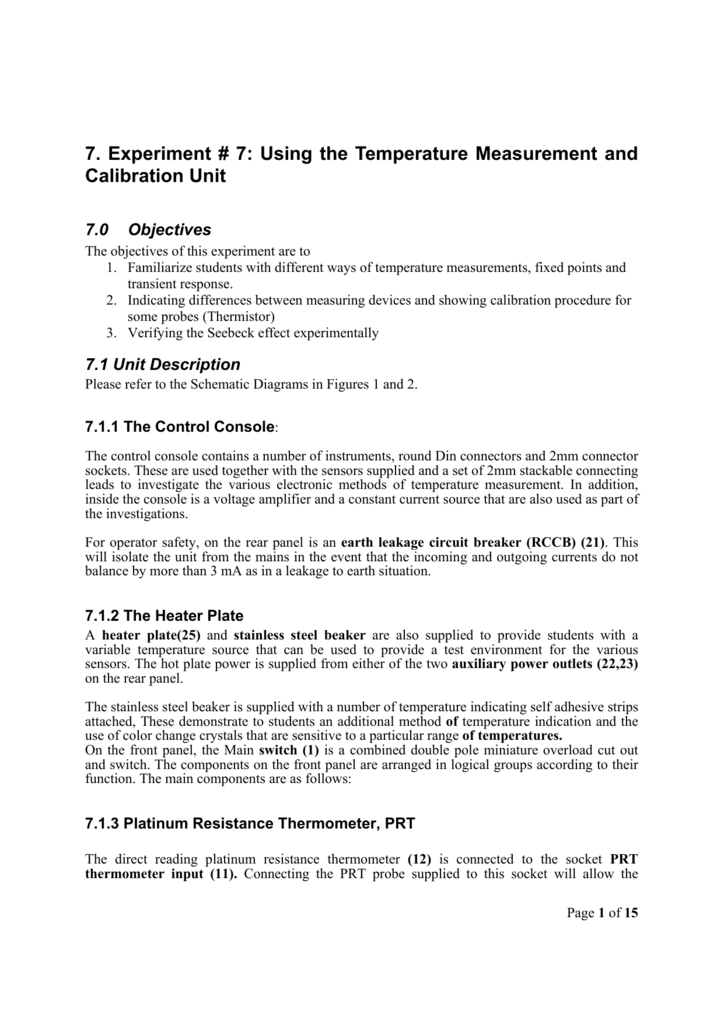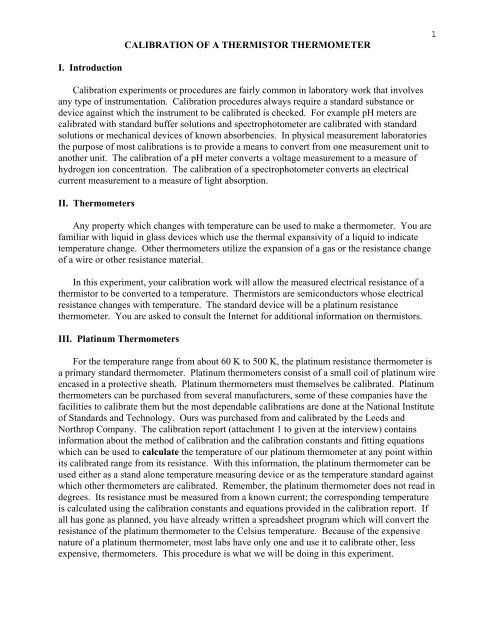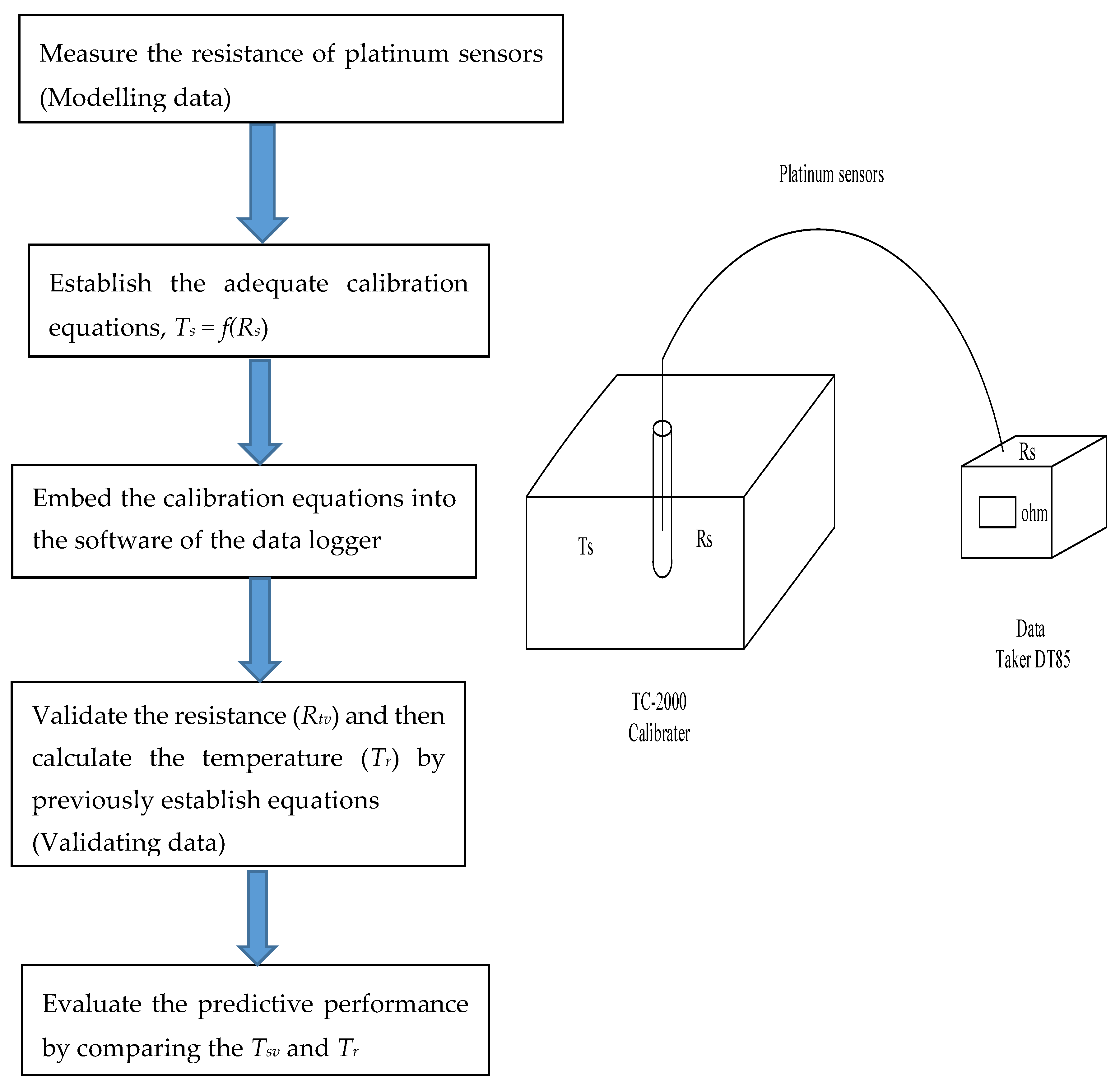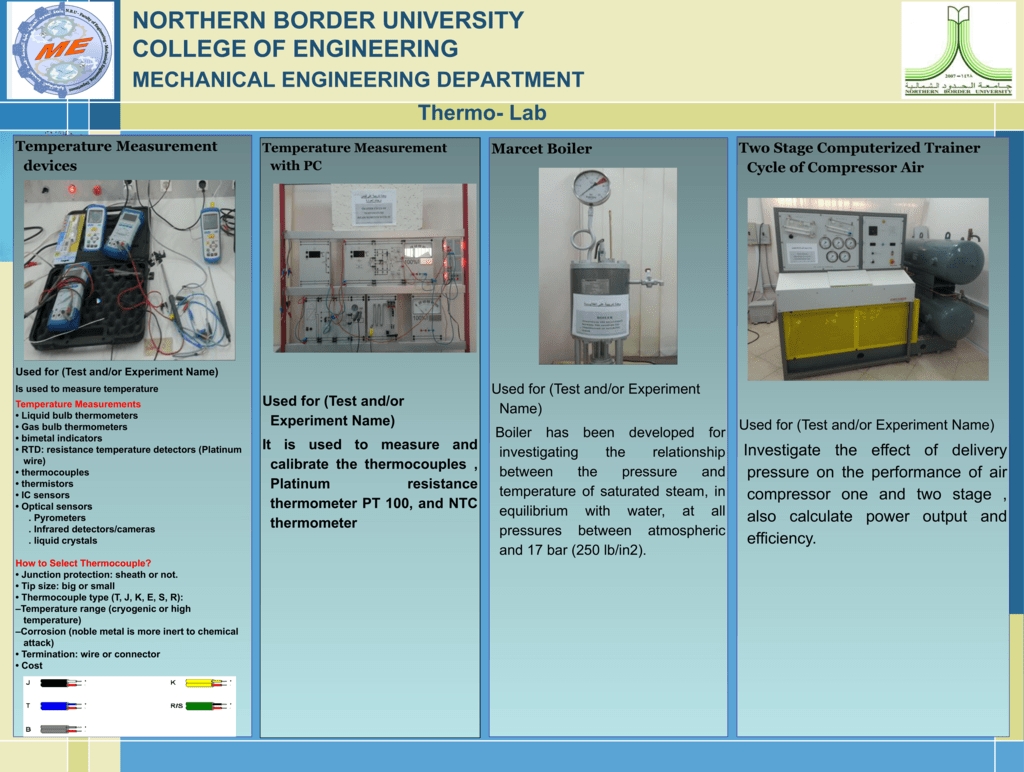Platinum Resistance Thermometer Experiment
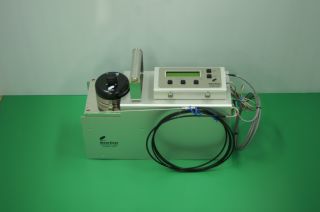
It is referred to as a temperature sensor.
Platinum resistance thermometer experiment. Platinum resistance thermometer requires a small current to pass through it to determine its resistance at different temperatures. It works on the principle that the resistance of platinum changes with the change of temperature. The relative change in resistance temperature coefficient. The platinum is an unreactive metal and can easily be drawn into fine wires.
We are manufacturing instruments equipment for physics chemistry biology to determine the temperature coefficient of resistance for platinum using a platinum resistance thermometer and a calendar and griffith bridge survey drawing for institution college schools laboratories hospitals surgical goods. Resistance temperature relationship of metals. Platinum has a linear resistance temperature relationship. We assure you that all the equipments will be sent as per original.
When manufactured carefully these devices offer an excellent combination of sensitivity range and reproducibility. We can use this method to find the resistance at different temperatures. Fluke calibration has one of only a few active sprt design groups in the world today. The thermometer measures the temperature over the range of 200 c to1200 c.
They are used in the range 200 c t 850 c. The platinum resistance thermometer in which the principle of measurement is the variation in the resistance of a platinum wire as a function of temperature is generally accepted as the most accurate temperature measuring instrument available. Choosing the right standard platinum resistance thermometer sprt as your primary standard may be the most critical purchase decision in your lab. The platinum thermal resistance ptr uses platinum for determining the temperature.
Prts work in the following way. Common rtd sensing elements constructed of platinum copper or nickel have a repeatable resistance versus temperature relationship r vs t and operating temperature range the r vs t relationship is defined as the amount of resistance change of the sensor per degree of temperature change. Platinum has a positive temperature coefficient meaning that electrical resistance increases with raising temperature.





